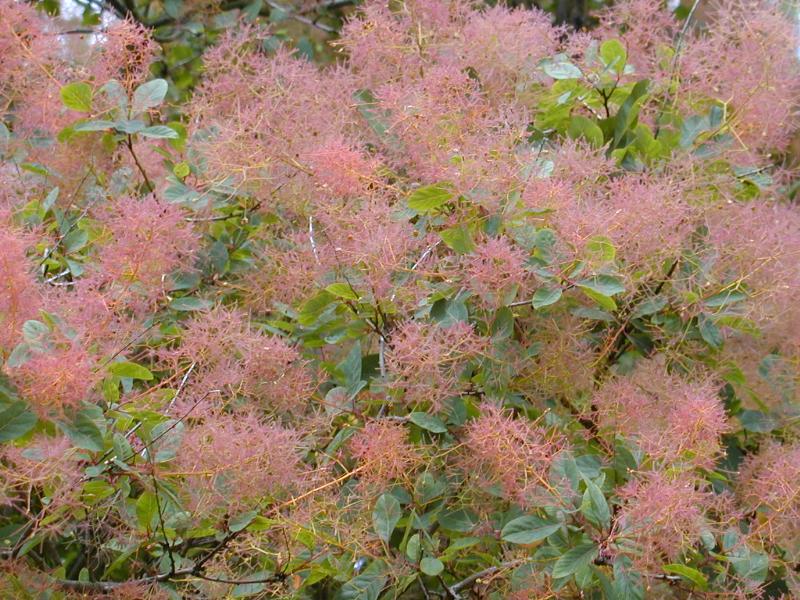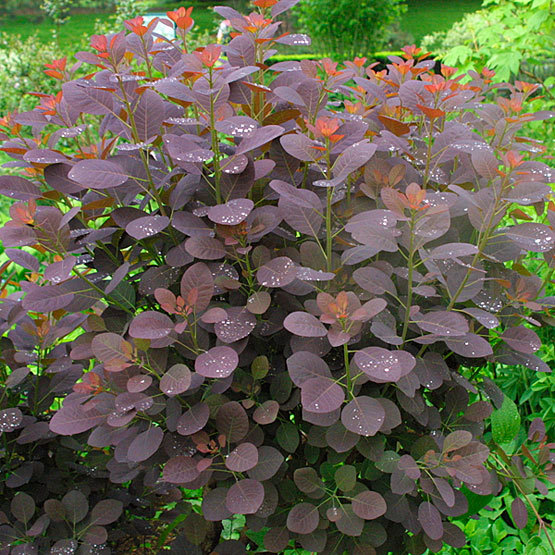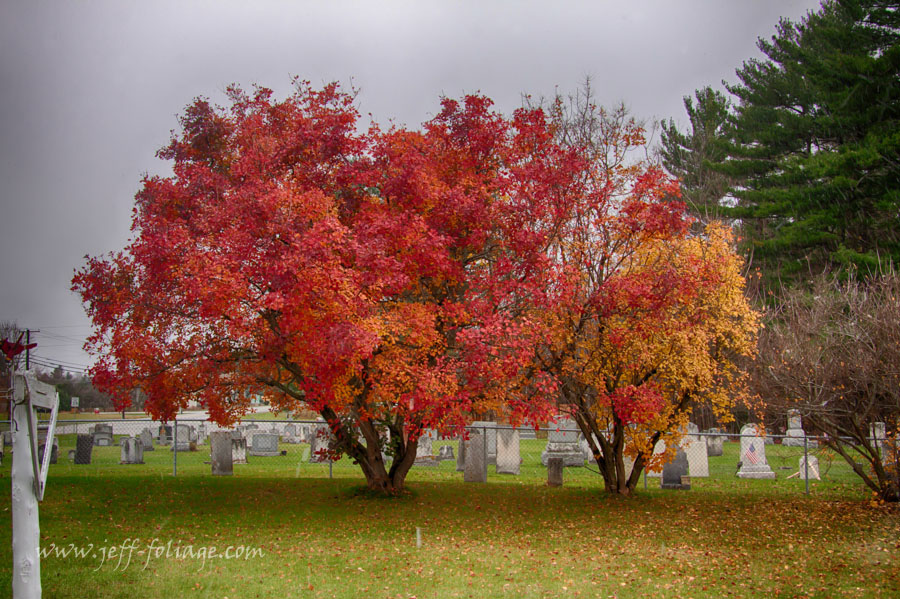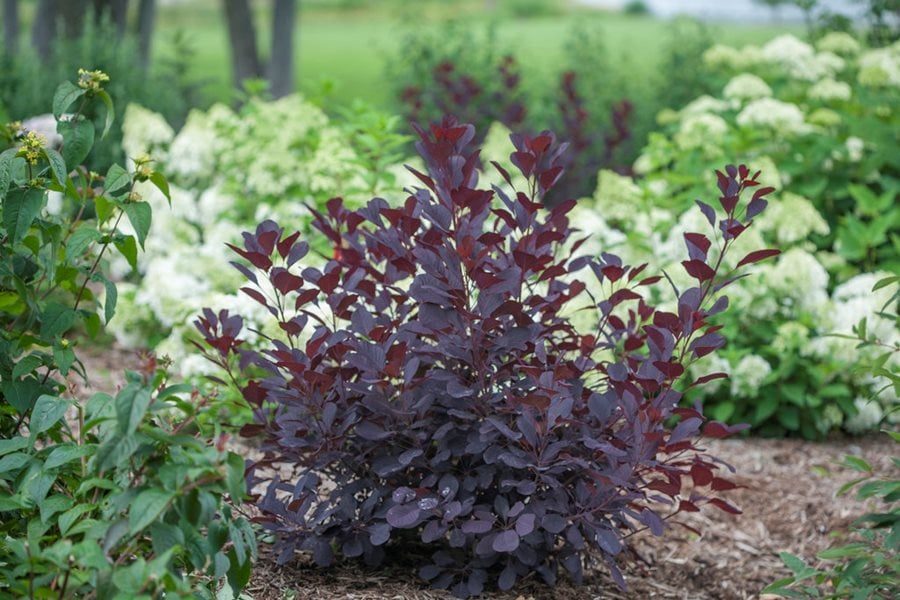Cotinus: The Smoke Tree That's Sure To
Cotinus: The Smoke Tree That's Sure to Impress
Cotinus, also known as smoke tree or smokebush, is a deciduous shrub or small tree that is native to Europe, Asia, and North America. It is prized for its airy, fluffy flower plumes, which give it a hazy, "smoky" appearance. Smoke trees are relatively easy to care for and can be grown in a variety of climates.
Introduction
Smoke trees are a versatile addition to any garden. They can be used as a single specimen plant, massed in shrub borders, or as an informal hedge. They are also deer resistant, making them a good choice for gardens in areas with high deer populations.
Main Content
- Growing Conditions
Smoke trees prefer full sun and well-drained soil. They are tolerant of a wide range of soil pH levels and can be grown in both sandy and clay soils. Smoke trees are drought tolerant once established, but they will benefit from regular watering during the first year after planting.
- Foliage
The foliage of smoke trees can vary in color depending on the variety. Some varieties have green leaves, while others have purple or burgundy leaves. The leaves are typically oval-shaped and have a serrated edge. In the fall, the leaves of many smoke tree varieties turn a brilliant shade of orange, red, or purple.
- Flowers
The flowers of smoke trees are small and insignificant. They are borne in clusters on the ends of the branches. The flowers are not the main attraction of smoke trees; it is the feathery, "smoky" plumes that form after the flowers fade that make this plant so popular.
- Pests and Diseases
Smoke trees are relatively pest-free. However, they can be susceptible to scale, aphids, and spider mites. These pests can be controlled with insecticidal soap or neem oil. Smoke trees can also be susceptible to verticillium wilt, a fungal disease that can cause the leaves to wilt and die. This disease is most common in poorly drained soils.
- Propagation
Smoke trees can be propagated by seed, cuttings, or air layering. Seed propagation is the most common method. Seeds should be sown in the fall or early spring. Cuttings can be taken in the spring or summer. Air layering is a more difficult method, but it can be used to propagate rare varieties of smoke trees.
Conclusion
Smoke trees are a beautiful and versatile addition to any garden. They are relatively easy to care for and can be grown in a variety of climates. If you are looking for a plant that will add interest to your garden, smoke tree is a great option.
Cotinus, also known as smoke tree, is a genus of flowering plants in the sumac family, Anacardiaceae. There are about 15 species of Cotinus, native to Europe, Asia, and North America. Smoke trees are known for their fluffy, plume-like flower clusters, which can be pink, purple, or red. They are deciduous shrubs or small trees, growing to 10-20 feet tall. Smoke trees are hardy in USDA zones 5-9, and they prefer full sun and well-drained soil.
If you are looking for a colorful and easy-care shrub for your garden, Cotinus is a great choice. They are drought-tolerant and relatively pest-free. Smoke trees can be used as a single specimen, in a shrub border, or as a hedge. They are also attractive in flower arrangements.
For more information about Cotinus, please visit Garden Wiki.
FAQ of cotinus
5 Most Frequently Asked Questions About Cotinus
Cotinus, also known as smoke bush, is a popular ornamental shrub or small tree that is known for its colorful foliage and feathery plumes of flowers. Here are 5 of the most frequently asked questions about cotinus, along with some valuable insights and solutions:
1. What are the different types of cotinus?
There are over 20 species of cotinus, but the most common type is Cotinus coggygria. This species is native to Europe and Asia, and it is known for its purple-red foliage and feathery plumes of flowers. Other popular types of cotinus include Cotinus obovatus, which has yellow-green foliage and pink flowers, and Cotinus x franchettii, which has purple-red foliage and white flowers.
2. What are the best conditions for growing cotinus?
Cotinus prefers well-drained, fertile soil and a spot in full sun or partial shade. It is a relatively drought-tolerant plant, but it will benefit from regular watering during the summer months. Cotinus is also relatively pest- and disease-resistant.
3. How do I care for cotinus?
Cotinus is a relatively easy plant to care for. The most important thing is to water it regularly, especially during the summer months. You should also fertilize it once a year in the spring. Cotinus does not need to be pruned very often, but you can trim it back in the spring to keep it in shape.
4. What are some common problems with cotinus?
The most common problem with cotinus is powdery mildew. This fungus can cause white spots to appear on the leaves. You can prevent powdery mildew by watering the plant in the morning so that the leaves have a chance to dry before nightfall. You can also treat powdery mildew with a fungicide.
5. How do I propagate cotinus?
Cotinus can be propagated by seed, but it is more commonly propagated by cuttings. To propagate cotinus by cuttings, take 4-6 inch cuttings in the spring or summer. Dip the cuttings in rooting hormone and plant them in a well-drained potting mix. Keep the cuttings moist and in a warm location. The cuttings should root in about 4-6 weeks.
Image of cotinus
- Image 1: A close-up of a cotinus flower, showing the delicate pink petals and the fluffy, feathery appearance.

- Image 2: A full-grown cotinus shrub, with its rounded leaves and cascading pink flowers.

- Image 3: A cotinus tree in autumn, with its leaves turning shades of red, orange, and purple.

- Image 4: A group of cotinus shrubs planted together, creating a colorful border in a garden.

- Image 5: A cotinus shrub in a pot, making a beautiful addition to a patio or deck.

Post a Comment for "Cotinus: The Smoke Tree That's Sure To"